Mobile devices are becoming the norm when it comes to personal technology these days, which means that most of the technology you use every day contains some sort of battery. That means you need to charge it up when the juice runs out, but do you really know the right way to do it?
Many people seem to be in doubt when it comes to battery charging. There are plenty of myths and downright poor practices floating around, so we’ve decided to throw together a definitive guide to battery charging, so you can spend less time worrying about your batteries and more time enjoying your gadgets.
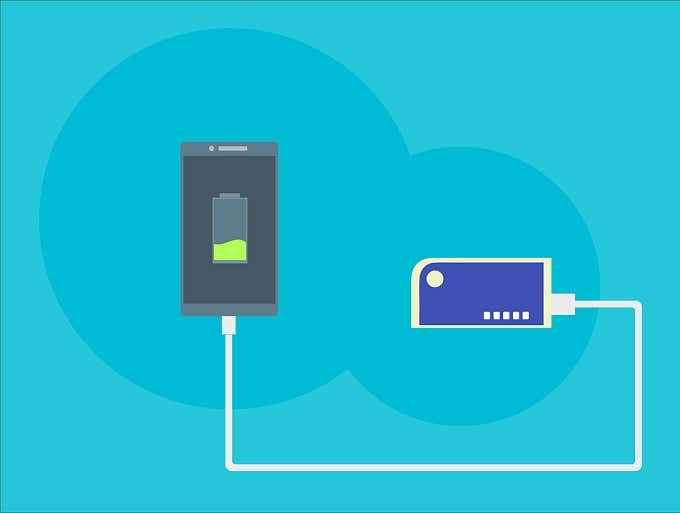
Battery Charging Chemistry
One of the most important things you need to know about batteries is that there are drastically different ways of making one. All batteries use chemicals to store electrical energy, but the specific chemistry at work determines what that battery’s characteristics are.
For example, nickel-cadmium batteries can be charged relatively quickly, but suffer from the so-called “memory effect” where capacity seems to diminish if the battery isn’t completely discharged before recharging. Nickel metal hydride batteries have a higher capacity than nickel cadmium, but are sensitive to overcharging and can’t stand up to as many charge cycles.

For most modern electronics, the battery chemistry of choice is lithium ion. Specifically lithium polymer batteries. These batteries have the highest power to weight ratio, which makes them perfect for mobile phones, laptops and drones. This article is primarily about lithium ion batteries, because they are so common now.
If you need to deal with charging batteries that use another chemistry, make a point of doing some homework on their respective quirks. An excellent place to start is the Battery University.
Battery Lifespan
Lithium polymer batteries have almost none of the drawbacks previous popular battery types have. There’s no memory effect, they charge pretty quickly these days and are very affordable. However, they do wear out every time you complete a full charge-discharge cycle. Each battery is rated for a certain number of these cycles, after which its maximum capacity starts to decline. Eventually the battery won’t hold a useful amount of charge and will have to be replaced.
These days, devices like phones, tablets and even some laptops don’t have batteries that can be removed. So replacing them usually requires an expensive visit to an authorized dealer.
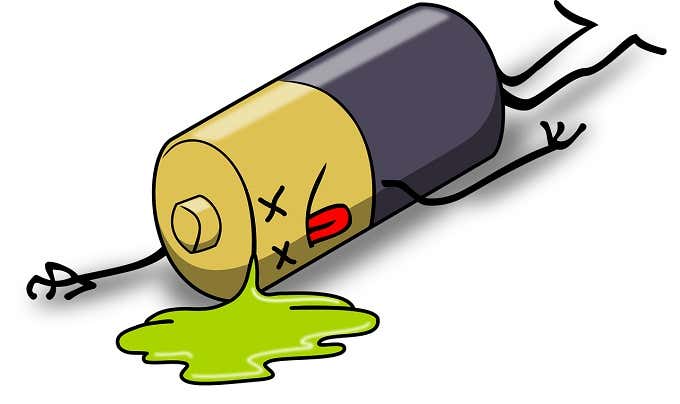
The good news is that you can extend the useful life of a battery in a variety of ways. Check out our detailed guide on how to preserve your battery and keep it from needing replaced sooner than necessary.
A lot of this has to do with charging habits, such as allowing lithium batteries to discharge to 50% once or twice a month or taking certain devices off AC power once full. It’s a little more nuanced than that however, so be sure to give the aforementioned article a look if battery longevity is an issue that concerns you.
Using The Right Charger
Lithium batteries are actually pretty volatile, which is why regulations require that they have sophisticated protections to prevent flame outs, explosions and other dangerous events happening.
You may recall that imported electric scooters were responsible for burning down several people’s homes a few years ago. That’s because these devices lacked the safety features mandated by European and US authorities. So the lithium batteries inside received improper charging, causing a runaway reaction.

This is why it’s very important to only use battery charging equipment that conforms to the safety standards of the EU, the USA or the territory in which you live. Do not buy or use chargers or batteries that are not certified in this way. While devices such as smartphones themselves have safety features to prevent these types of catastrophic failures, they rely at least partly on the attached charger
While safety is an important reason to use the correct charger, the other reason to match the right charger to your device is charging speed. Different devices may have different fast-charging standards. So if you use a charger and phone with mismatched fast charging standards, they’ll fall back to the standard lowest common denominator.
USB has a safe, but very slow basic charging speed. Qualcomm has “Quick Charge”, Samsung has “Adaptive Fast Charging” and USB 3.1 over USB-C has “Power Delivery”.
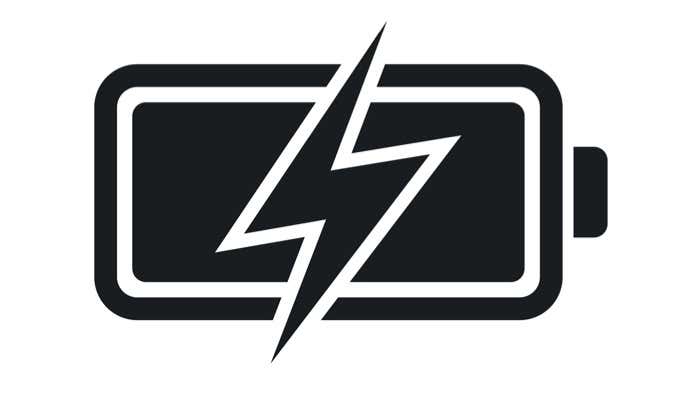
Most modern chargers support multiple fast charging modes, so it’s likely at least one of them will work with your device. However in almost all cases you’ll get the best results with a charger from the same manufacturer as the device.
Some power banks, such as this Romoss 30+ model support just about every connection type and both Quick Charge and USB-C Power Delivery. It can also fast charge itself, which makes a huge difference with a bank that large.
Incidentally, if you want to know more about power banks, check out our detailed article on these handy portable power bricks.
Software Battery Charge Controls
Modern devices that contain lithium batteries such as smartphones or laptops usually have sophisticated battery charging software that helps manage the health of those batteries. They monitor the temperature and voltages, keeps detailed records of the battery history, and controls the charge level based on what the device is being used for.

For example, even if your phone shows that it’s at 100% charge, the truth is probably somewhere slightly lower than this. Because lithium batteries degrade more quickly if they are constantly kept at 100% capacity, the phone will discharge a little if left plugged in overnight, to prevent stress to the battery.
The latest macOS devices also have this feature. If you mainly use your MacBook plugged in, the battery will discharge to 90% and stay there, drastically increasing the lifespan of the battery.
Long-term Battery Storage
This brings up another issue with battery charging: device storage. Lithium batteries will discharge at a slow rate all by themselves sitting on a shelf. If you leave them to drain completely, the battery may become permanently unusable. However, charging them to 100% and then storing them isn’t a great idea either, for the same reasons we just discussed above.
We can take a lesson from “intelligent” batteries such as those found in DJI’s drones. These batteries time how long it’s been since they’ve been used. Leave them on the shelf for too long and they’ll self discharge to about 60% capacity and then try to maintain that.
If you’re going to put a phone or other lithium device away over the long term, charge it up to around 60% before putting it away. Then check once a month to ensure the battery hasn’t gone below 30%. If it gets close to that figure charge it back up to 60%. This way the battery should still be fine when you need to use it again.
Lithium Battery Revival
Lithium batteries have a protection circuit in them that will put the battery to sleep if it gets discharged too much. In some cases it’s possible to bring these batteries back to life by using special chargers that have a “boost” mode.
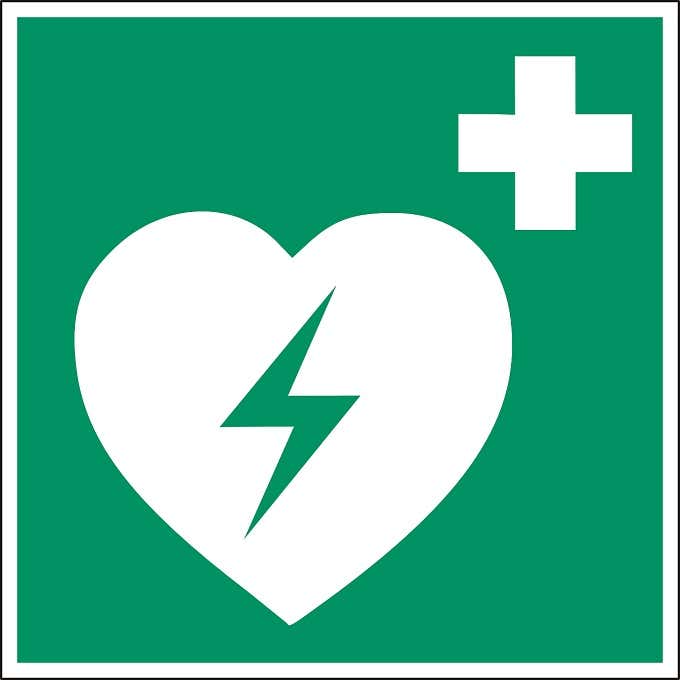
This is not always successful and if the battery has been over-discharged for too long it can be dangerous to attempt this. If you have a battery that can’t simply be replaced, we recommend taking it to a specialist for an attempted revival.
Battery Charging Safety
As we noted earlier, Lithium batteries are pretty volatile. While modern lithium batteries have many safety features built in, they do still fail. One of the most sensitive times is during charging, so you need to be extra vigilant when juicing up your lithium-powered device.
Never charge a device with a puffy, swollen battery. While a bit of heat is normal when charging a lithium battery, a very hot device could be a sign of imminent failure.
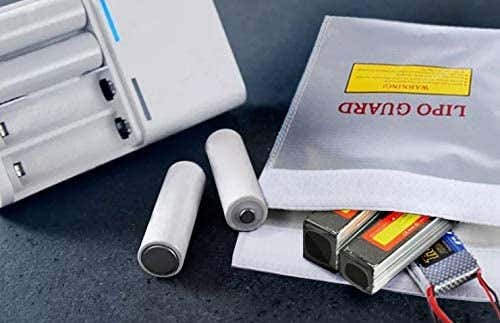
Think carefully about where you charge your devices. Are they close to other objects that could burn up easily? It’s better to charge lithium devices in a designated area where battery failure can be contained. If you’re really concerned, consider getting a Lipo Guard. You can place charging devices or batteries inside it and, should they fail, the explosion and flame is contained within the special materials the bag is made of.
Replacement Batteries
No matter how well you treat your batteries, they will eventually need a replacement. Whether you do this yourself or have a professional handle the installation, be very careful of the batteries you choose. There are many counterfeit batteries or poor quality unauthorized replacement batteries on the market.
They may seem attractive with the same on-paper specifications and capacity at a lower price. However, using such a battery significantly increases the chances of something going wrong. All those stories of people who get hurt from phones exploding in their faces or in their pockets more often than not made use of knockoff batteries. It’s just not worth it to save a few bucks.